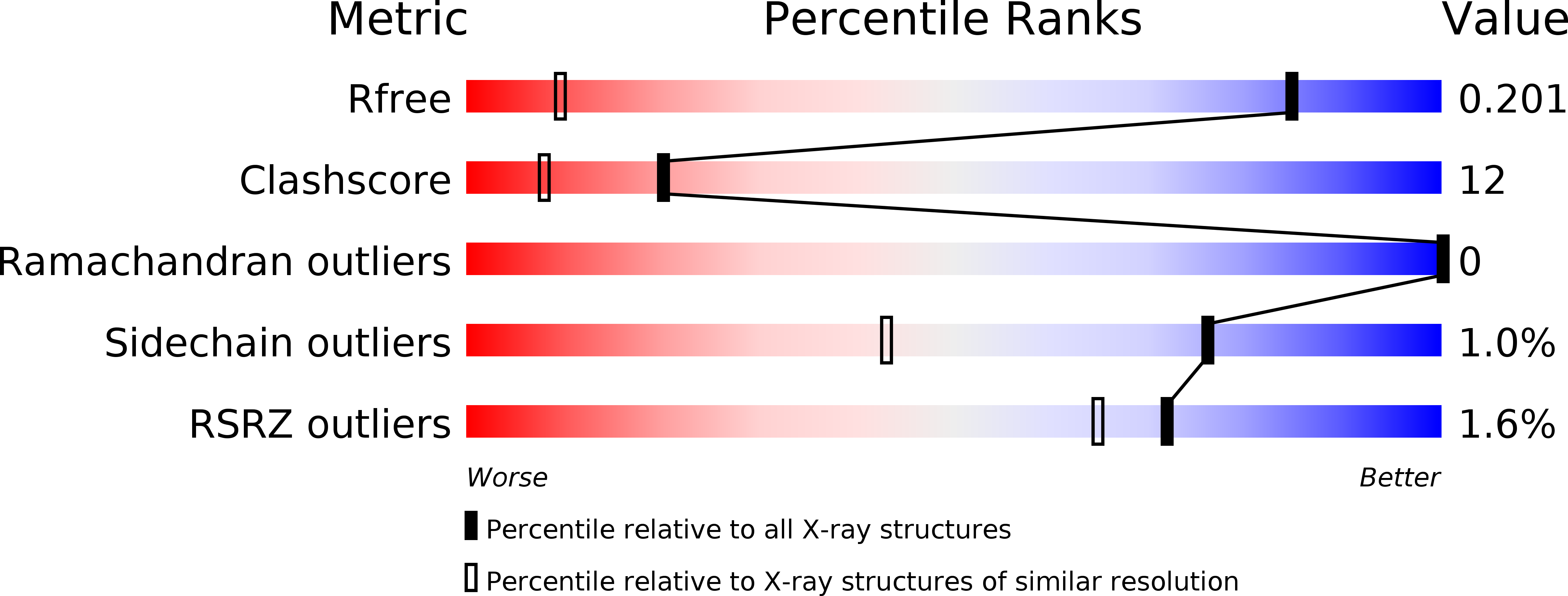
Deposition Date
2018-08-13
Release Date
2019-08-14
Last Version Date
2024-11-06
Method Details:
Experimental Method:
Resolution:
1.08 Å
R-Value Free:
0.19
R-Value Work:
0.16
R-Value Observed:
0.16
Space Group:
P 43 21 2


